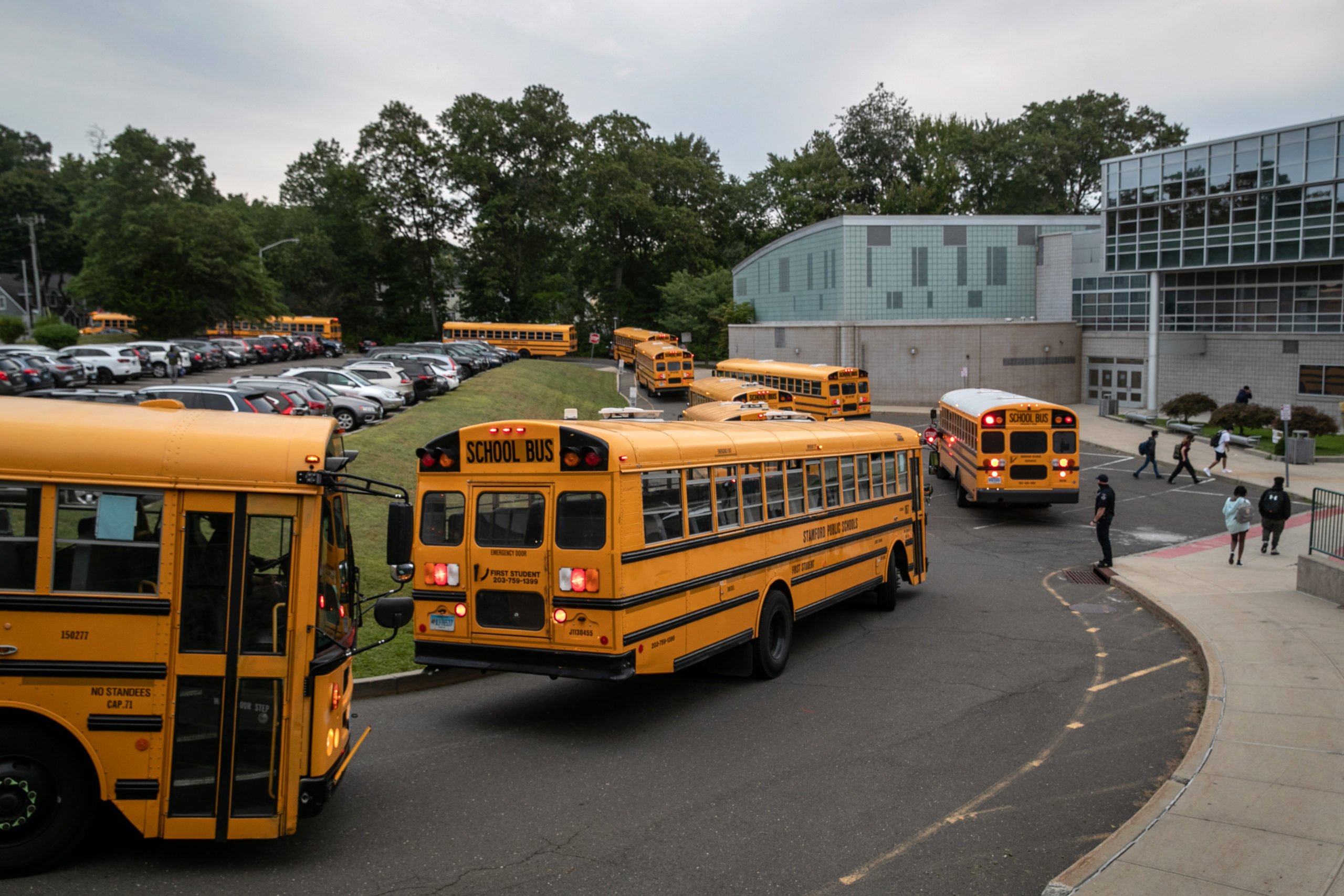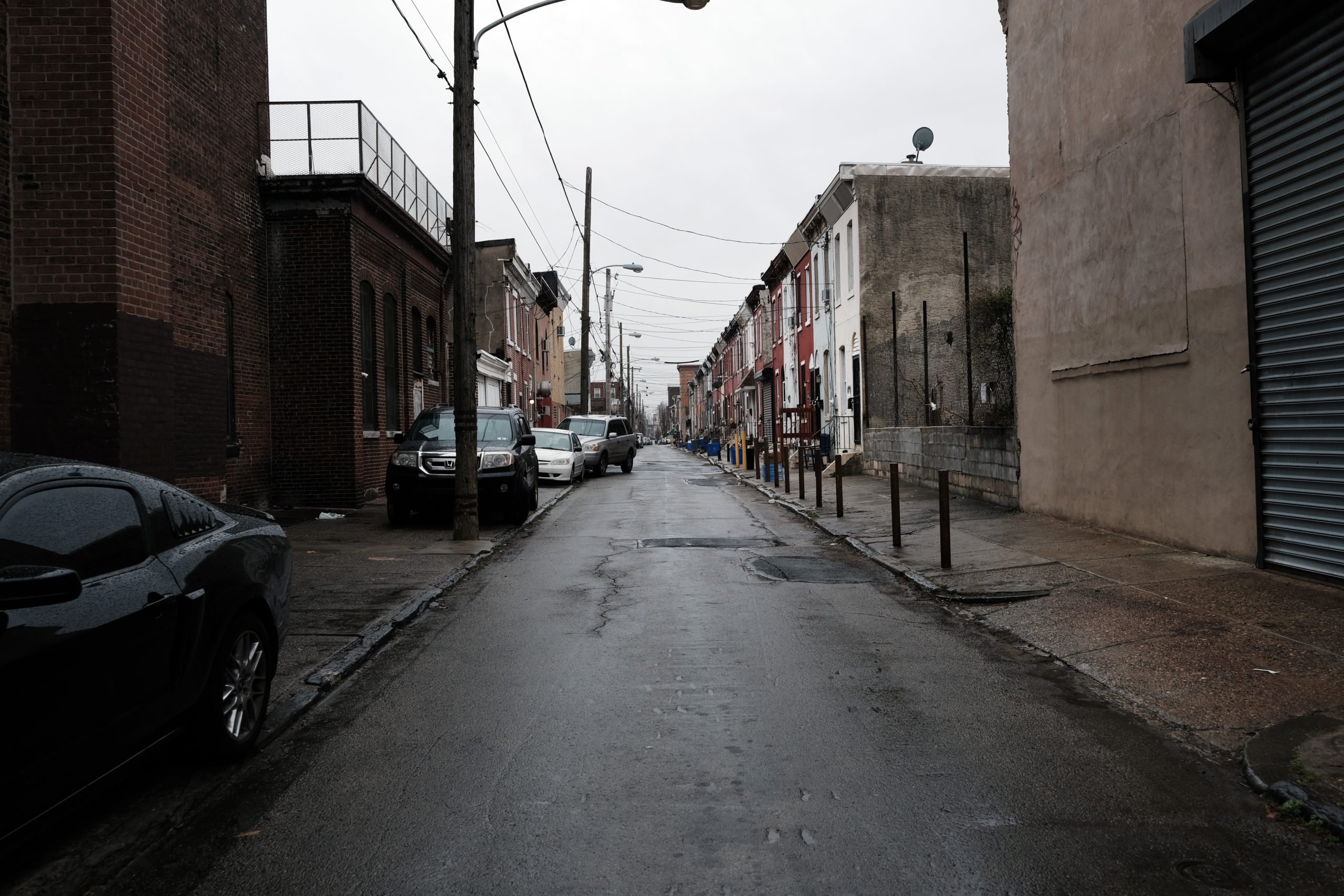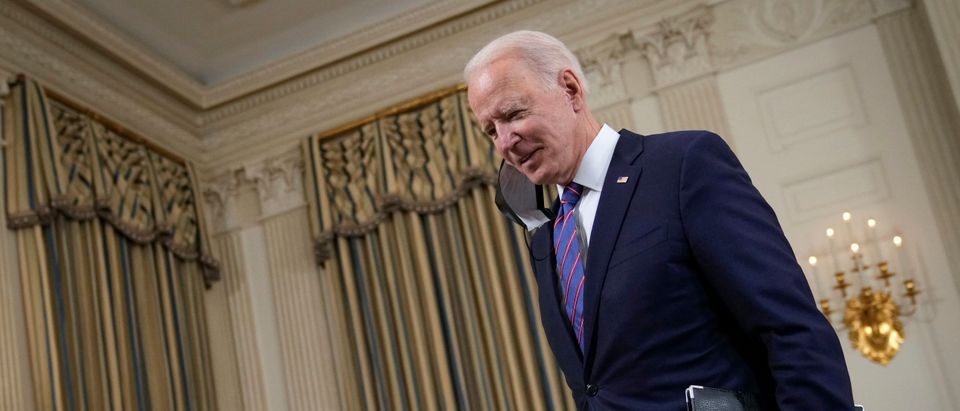- President Joe Biden’s roughly $2 trillion infrastructure plan allocates hundreds of billions of dollars toward improving the nation’s transportation networks, buildings and utilities, but also devotes enormous sums of money to causes that are only tangentially related to public works projects.
- The sweeping package grants massive subsidies to electric vehicle and renewable energy companies in an effort to meet Biden’s climate change goals, and contains billions of dollars for affordable housing, academic research and in-home care.
- The plan also sets aside $50 billion for the National Science Foundation and $20 billion for projects intended to “advance racial equity and environmental justice.”
- It allocates $40 billion toward a new “Dislocated Workers Program,” which will help workers who “have lost their jobs through no fault of their own,” and grants $100 billion toward expanding nationwide broadband access, especially in rural and low-income communities.
President Joe Biden’s $2 trillion plan allocates billions of dollars toward improving the nation’s transportation networks, buildings and utilities, but also devotes enormous sums of money to causes that are only tangentially related to infrastructure projects.
In addition to providing $115 billion to repair 20,000 miles of roads and bridges, $85 billion to expand public transit and $17 billion to upgrade U.S. waterways and ports, the sweeping package grants massive subsidies to electric vehicle and renewable energy companies in an effort to meet Biden’s climate change goals. It also contains billions of dollars for multiple initiatives ranging from affordable housing to academic research and in-home care.
The plan as written is largely funded by tax increases on the wealthy and corporations, which Republicans have labeled as a non-starter for bipartisan negotiations and some Democrats have publicly opposed. (RELATED: Is A Corporate Tax Increase Good For The Economy? Depends On Whom You Ask)
Going Green
The plan includes $174 billion in electric vehicle incentives, and calls for electrifying one-fifth of the nation’s school busses and all 650,000 of the United States Postal Service’s delivery trucks.
It also includes $100 billion in subsidies for clean energy companies, $46 billion for clean energy manufacturing and $35 billion for climate technology. The plan also seeks to make public schools more environmentally friendly, and allocates another $100 billion to help them “go green by reducing or eliminating the use of paper plates and other disposable materials.”
The sweeping package also sets aside $50 billion for the National Science Foundation and $20 billion for projects intended to “advance racial equity and environmental justice.” (Multiple Climate Experts Say Biden’s Infrastructure Plan Filled With ‘Wasteful Spending On Green Agenda)

Busses drop-off students at Rippowam Middle School on September 14, 2020 in Stamford, Connecticut. (John Moore/Getty Images)
Schools, Colleges and Communities
In addition to the $100 billion in Biden’s package allocated towards helping schools become more sustainable, it also gives $12 billion to community colleges and $25 billion for research at Historically Black Colleges and Universities.
“Investing in community college facilities and technology helps protect the health and safety of students and faculty, address education deserts (particularly in rural communities), grow local economies, improve energy efficiency and resilience, and narrow funding inequities in the short term,” the plan says.
It also grants $20 billion toward improving transportation and roads in underserved communities and invests another $12 billion toward workers in them. A separate $20 billion is allocated toward “community investment.”
Housing and In-Home Care
Nearly one-third of the entire package goes to either affordable housing or expanding in-home care for older and disabled Americans. The plan gives $213 billion toward “affordable and sustainable places to live,” of which $40 billion would go to public housing.
The plan grants $400 billion to “care infrastructure” initiatives, including helping home health workers unionize and expanding options under Medicaid. It also gives $25 billion to child care facilities. (RELATED: Biden Administration Wedges Pro-Union Pieces Into Infrastructure Plan)

Buildings stand in a low-income neighborhood in Philadelphia, Pennsylvania. (Spencer Platt/Getty Images)
That’s Not All
Biden’s package funds other initiatives targeting unemployment, research and development, “digital infrastructure” and more. The plan also gives $10 billion to upgrade and make federal buildings more energy efficient.
The plan allocates $40 billion toward a new “Dislocated Workers Program,” which will help workers who “have lost their jobs through no fault of their own,” and grants $100 billion toward expanding nationwide broadband access, especially in rural and low-income communities.
It also invests $52 billion in domestic manufacturing, $50 billion in the nation’s semiconductor industry and $48 billion in “workforce development.”
“America lags its peers – including Canada, the U.K., and Australia – in the on-time and on-budget delivery of infrastructure, and is falling behind countries like China on overall investment,” the plan says. “Delivering this historic investment will require partnership across government, unions, and industry, to produce meaningful outcomes for the American people.”
All content created by the Daily Caller News Foundation, an independent and nonpartisan newswire service, is available without charge to any legitimate news publisher that can provide a large audience. All republished articles must include our logo, our reporter’s byline and their DCNF affiliation. For any questions about our guidelines or partnering with us, please contact licensing@dailycallernewsfoundation.org.


